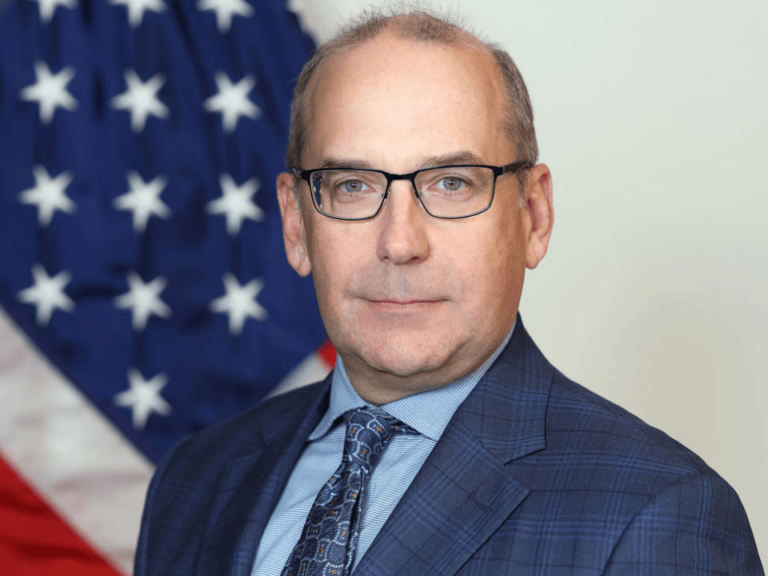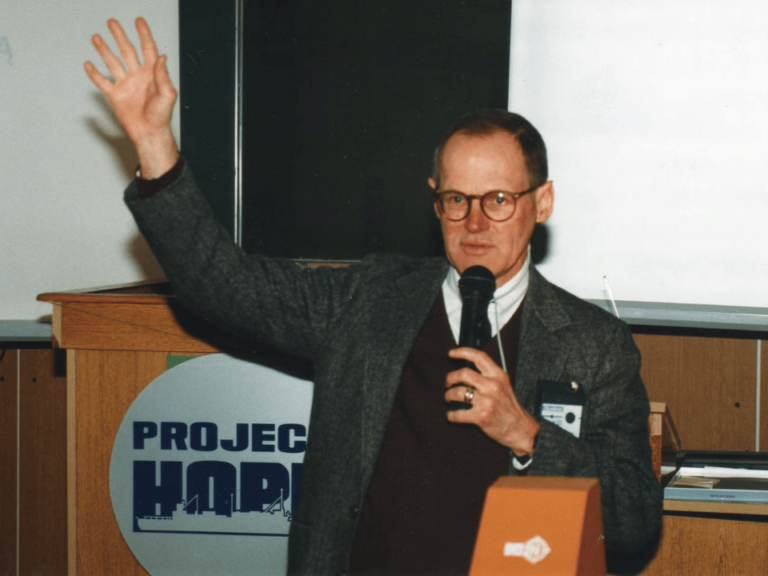NCI’s Surveillance, Epidemiology, and End Results Program in the Division of Cancer Control and Population Sciences at NCI is marking 50 years of cancer surveillance.
SEER is an authoritative source of information on cancer rates and trends nationwide. It comprises 18 population-based central cancer registries that submit data to NCI and 10 additional registries that provide research support.
A collection of articles commemorating 50 years of SEER appears on the Cancer History Project.
NCI commemorates 50 years of SEER


President Nixon’s signature on the National Cancer Act in 1971 marked the conception of the SEER program.
The National Cancer Act authorized the director of NCI to “collect, analyze, and disseminate all data useful in the prevention, diagnosis, and treatment of cancer, including the establishment of an international cancer research data bank to collect, catalog, store, and disseminate insofar as feasible the results of cancer research undertaken in any country for the use of any person involved in cancer research in any country.”
“I think of descriptive epidemiology as the beginning and the end of our work in DCEG,” said Meredith Shiels, senior investigator in the Infections and Immunoepidemiology Branch. “At the beginning, we’re looking for clues to better understand cancer etiology, and at the end, we want to know if interventions are having an impact at the population level.” SEER enables these studies.
More than 17,000 publications have included SEER data as part of their primary analysis. Each year more than 4,500 people download the SEER data file.
Throughout its history, SEER has adapted to the changing needs of the cancer research community. For example, cancer surveillance at NCI has expanded to include evaluating patterns and trends in cancer-related risk factors, health behaviors and health services and their effects on trends in cancer incidence, morbidity, mortality and patient survival.
SEER Program in the Division of Cancer Control and Population Sciences is marking 50 years of cancer surveillance research.
Among the major SEER milestones are three new initiatives that are likely to be of particular interest to the data science field.


The SEER Program, which is funded by the National Cancer Institute, is making significant strides to decrease the burden of cancer through a suite of analytical tools that better capture data and make it more accessible to the research community.
Steve Friedman, senior advisor for operations with the Surveillance Research Program in the Division of Cancer Control and Population Sciences at NCI, unpacks two new data initiatives in a podcast commemorating 50 years of SEER.
A timeline of SEER news stories from The Cancer Letter
This column features the latest posts to the Cancer History Project by our growing list of contributors.
The Cancer History Project is a free, web-based, collaborative resource intended to mark the 50th anniversary of the National Cancer Act and designed to continue in perpetuity. The objective is to assemble a robust collection of historical documents and make them freely available.
Access to the Cancer History Project is open to the public at CancerHistoryProject.com. You can also follow us on Twitter at @CancerHistProj, or follow our podcast.
Is your institution a contributor to the Cancer History Project? Eligible institutions include cancer centers, advocacy groups, professional societies, pharmaceutical companies, and key organizations in oncology.
To apply to become a contributor, please contact admin@cancerhistoryproject.com.










